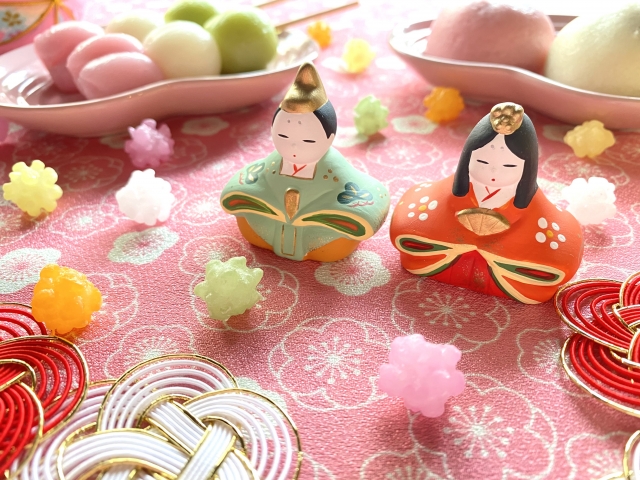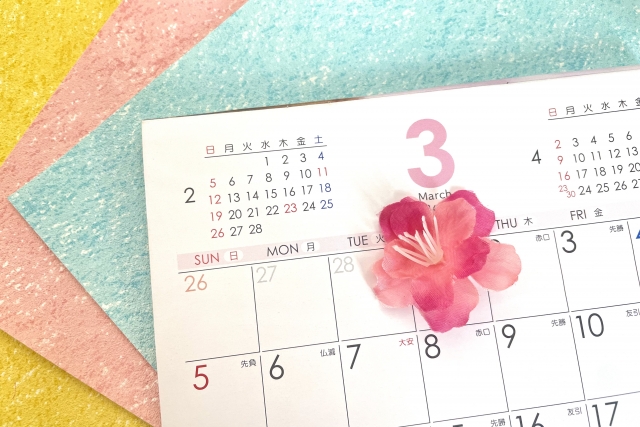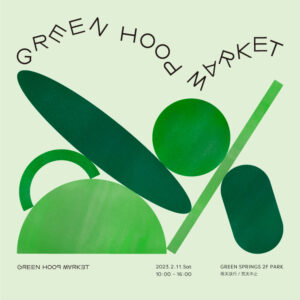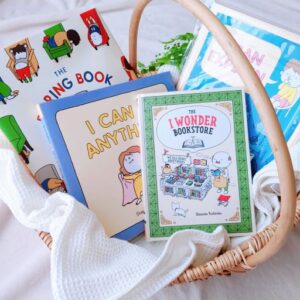ひな祭りを英語で言うと?桃の節句を説明しよう!
「ひな祭り」って英語でなんて言う?

ひな祭りってなあに?人形の意味は?
日本の文化や風習を、英語で説明してみたいという方に!
今回はすぐに使える「ひな祭り」にまつわる英文をご紹介します。
What is Hina-matsuri ?
「Girls’ Day」や「Doll Festival」などと翻訳されるひなまつり。実際に英会話で使える英語フレーズをご紹介します。

Hina-matsuri is a seasonal festival on March 3rd with traditions to pray for the happiness and health of Japanese girls.
ひな祭りは、3月3日に女の子の幸せと健康を願う日本の伝統的な季節のお祝い行事です。
It's also called Peach-Blossom Festival or "Momo-no-Sekku".
桃の節句とも呼ばれています。
Households with young daughters display a set of Japanese dolls in traditional court dress from the Heian period (794-1185) at home.
女の子のいる家庭では、平安時代の宮廷衣装をまとった日本人形が家に飾られます。
These are called hina dolls or "hina-ningyo" .
その人形を、ひな人形といいます。
Hina-ningyo (hina dolls)

Hina-ningyo includes the Emperor or "odairi-sama", the Empress or "ohina-sama", 3 court ladies or "sannin-kanjyo", 5 musicians or "gonin-bayashi", the minister of the left or "sadaijin", the minister of the right or "udaijin," and 3 servants or "sannin-jyogo."
ひな人形は、お内裏様、おひな様、三人官女、5人囃子、右大臣、左大臣、三人上戸がいます。
Hina-ningyo is often accompanied by items such as lamps, furniture, and household goods.
ひな人形には、ぼんぼりや家具、家財道具などが一緒になっていることが多いです。
The display represents a Japanese imperial wedding ceremony.
飾りは宮廷の結婚式の様子を表しています。
There is a wish for a happy marriage in girls' futures.
豊かな結婚生活ができるようにという願いが込められています。
These days, some hina-ningyo are smaller and in fewer numbers, with only odairi-sama and ohina-sama to fit Japanese houses.
最近では、日本の家に合うように、おだいり様やおひな様だけなど、数を減らして小さくしたひな人形もあります。
Hina-matsuri Customs / 風習
In Japan, when a baby girl is born, her grandparents or parents give her hina-ningyo for her first Hina-matsuri.
日本では女の子の赤ちゃんが生まれると、初節句に祖父母や両親からひな人形を贈られます。
Hina-ningyo is said to protect girls from calamity or misfortune.
ひな人形には女の子を災いや不幸から守ってくれるという言い伝えがあります。
Parents display hina-ningyo around after Setsubun, which is a traditional Japanese festival on February 3rd.
2月3日の節分が終わったころから、ひな人形を飾ります。
It is also traditionally said that daughters can get married smoothly if the display is dismantled and hina-ningyo is returned to its designated box as soon as the festival is over.
お祭りの日が終ってからできるだけ早く片付ける方が、娘が円滑に結婚できるという言い伝えもあります。
Food culture / 食文化

We also eat various foods for good luck, such as chirashi-zushi, clam soup, mochi, sweet rice wine called "amazake," and rice snacks called "hina-arare" on Hina-matsuri.
ひな祭りでは、ちらし寿司や、ハマグリのお吸い物、お餅や甘酒、雛あられなど、縁起を担いだ食べ物を食べます。
Chirashi-zushi is a traditional Japanese dish consisting of vinegared rice topped with vegetables, a thinly sliced egg, nori seaweed, and other ingredients.
ちらし寿司は、酢飯の上に野菜や薄焼き卵、海苔などの具材を散らした日本の伝統料理です。
ひな祭りを英語で伝えよう!

今回は「ひな祭り」を説明する英文フレーズをご紹介しました。
英語で海外の人とお話しする時にぜひ役立ててみてくださいね。


